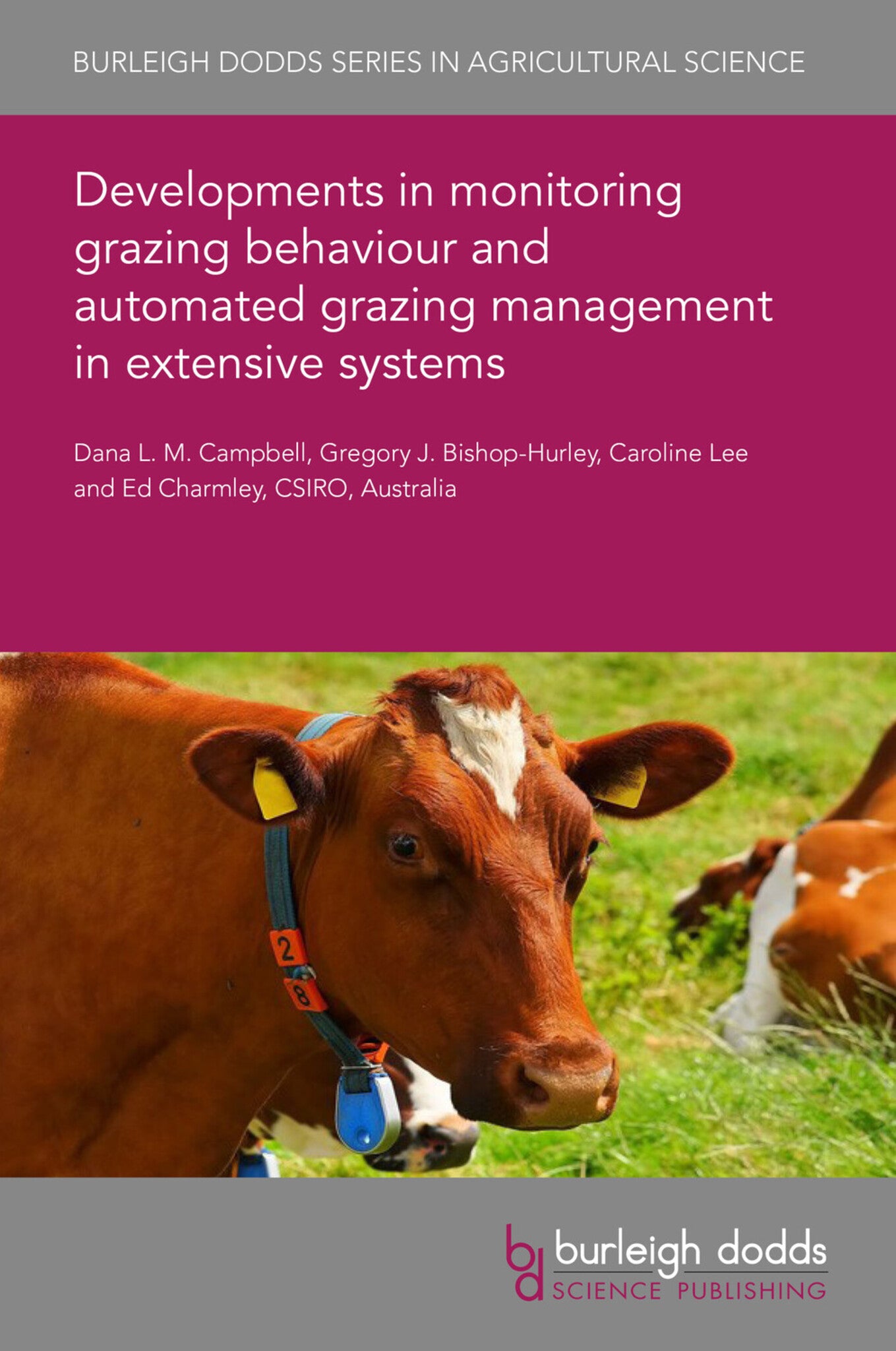We're sorry. An error has occurred
Please cancel or retry.
Developments in monitoring grazing behaviour and automated grazing management in extensive systems
Regular price
£25.00
Sale price
£25.00
Regular price
£25.00
Unit price
/
per
Sale
Sold out
Re-stocking soon
This chapter provides an overview of the development and use of information technology to improve the management and welfare of grazing livestock under extensive systems. It discusses the evolution...
Read More

Some error occured while loading the Quick View. Please close the Quick View and try reloading the page.
Couldn't load pickup availability
- Format:
-
27 June 2022

This chapter provides an overview of the development and use of information technology to improve the management and welfare of grazing livestock under extensive systems. It discusses the evolution of grazing management through the animal/pasture interface, and the development and application of grazing management technologies, including, on-animal managements though virtual fencing technology and on-animal monitoring of pasture intake, location, health and activity. Technological examples will focus on the Australian beef industry as a potential early adopter of PLF solutions. A case-study is also presented on the commercial implementation of the eShepherd® virtual fencing system for protection of an environmentally sensitive area. The chapter concludes with a summary of developments to date, discussion of future research trends, and where to look for additional information.

Price: £25.00
Publisher: Burleigh Dodds Science Publishing
Imprint: Burleigh Dodds Science Publishing
Series: Burleigh Dodds Series in Agricultural Science
Publication Date:
27 June 2022
ISBN: 9781801465212
Format: eBook
BISACs:
TECHNOLOGY & ENGINEERING / Agriculture / Animal Husbandry, Dairy farming, TECHNOLOGY & ENGINEERING / Agriculture / Sustainable Agriculture, Sustainable agriculture, Agricultural engineering and machinery, Agricultural science

1 Introduction 2 The animal/pasture interface 3 Active precision livestock farming management of pasture and animal 4 Alternative monitoring technologies 5 Case study: virtual fencing for sensitive environments 6 Conclusion 7 Future trends in research 8 Where to look for further information 9 References



